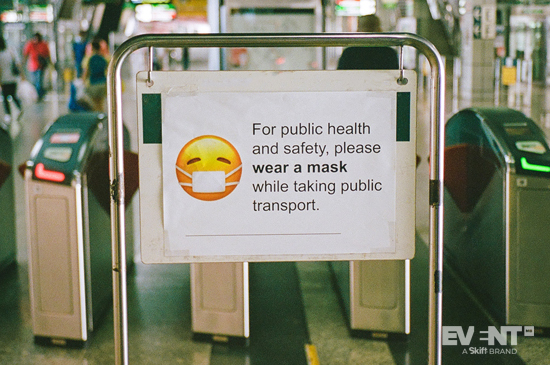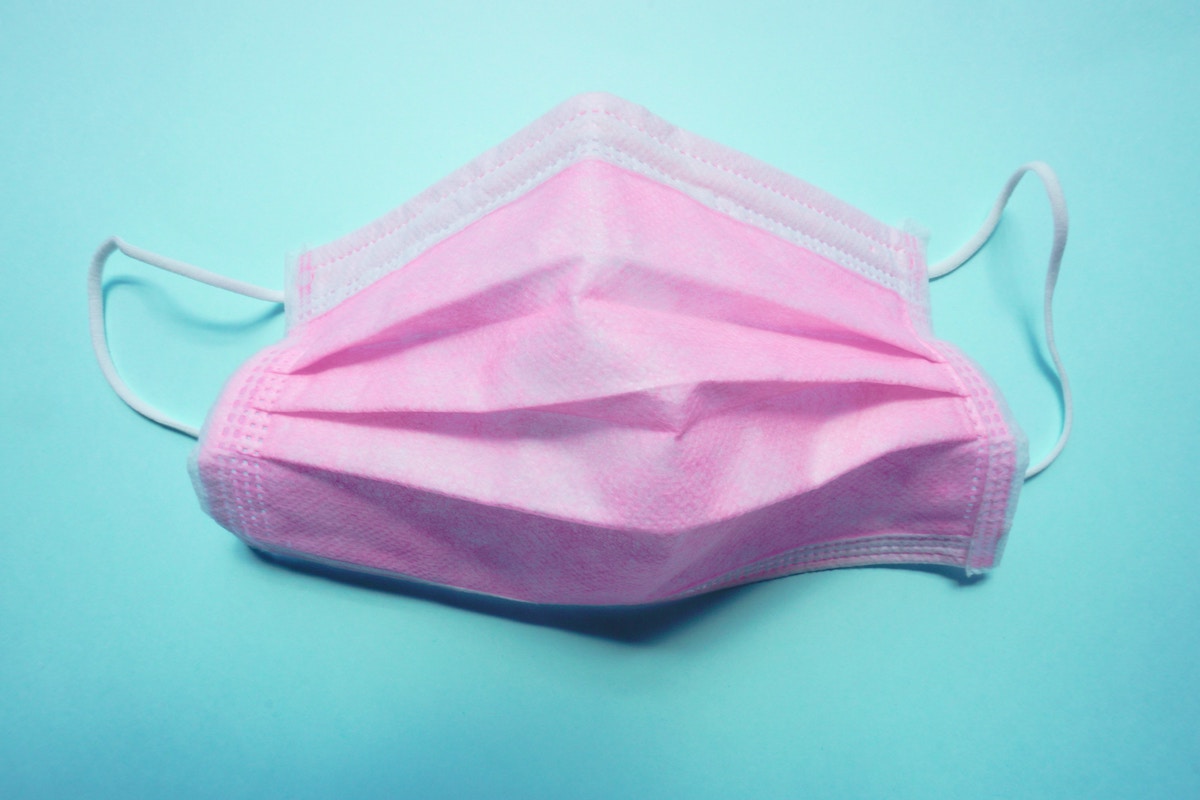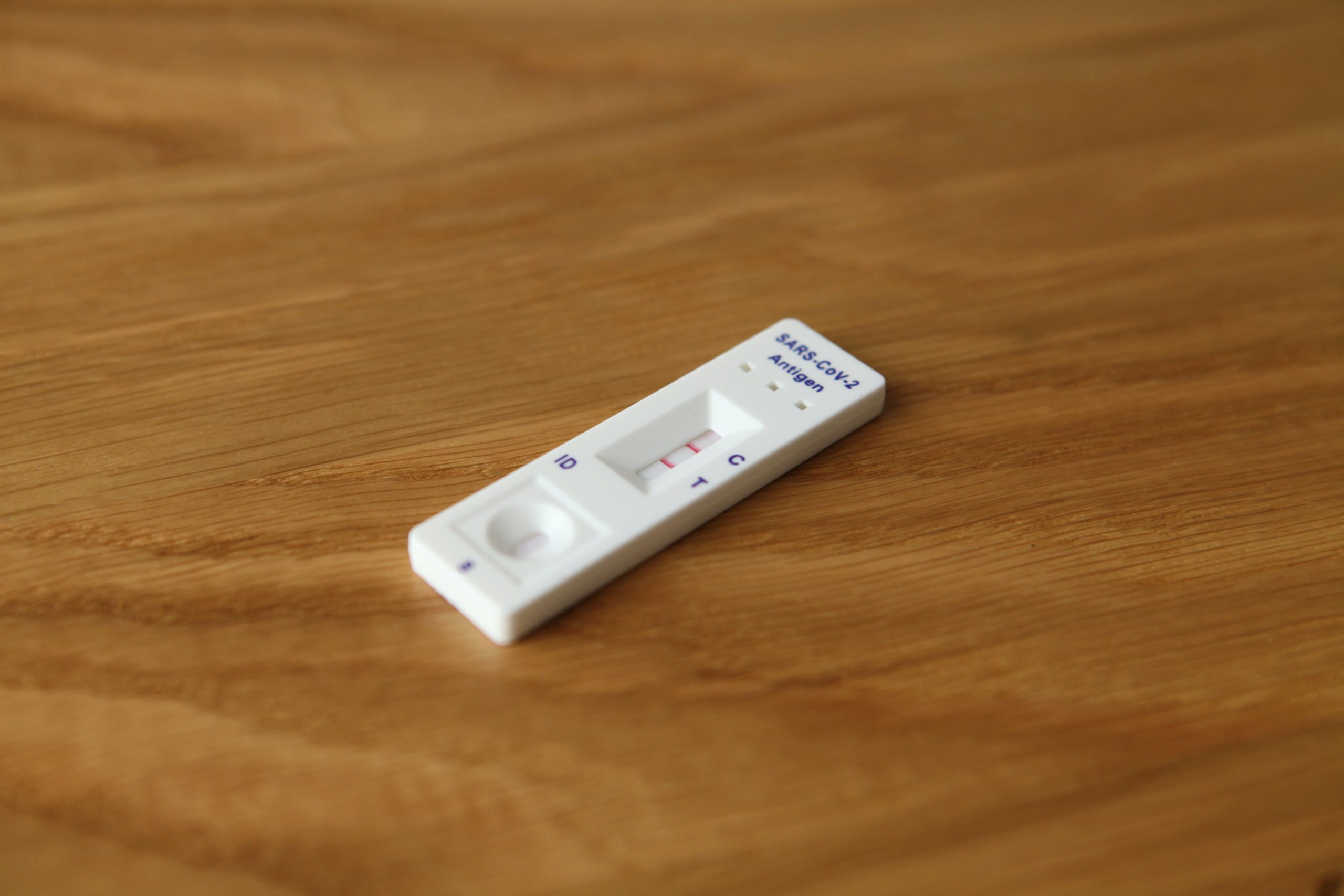Skift Take
With the increasing realization that Covid-19 can spread through the air, emphasis has gradually shifted away from surface transmission. Some are even dismissing sanitation measures at events as mere ‘hygiene theater.’ What does the evidence tell us?
When the pandemic first began, careful hand washing was presented as the number one way to reduce infection risk. In fact, one of the early arguments against wearing masks was the concern that they might provoke people to touch their faces with dirty hands. With many now suggesting that surface transmission is unlikely, it prompts the question: Why do hotels and venues still need to invest in sanitation measures — much less event planners?
While no one has retracted their recommendations around hand washing, there is a growing movement to discourage so-called ‘hygiene theater.’ The argument usually stems from the absence of clearcut examples of surface transmission where there are multiple instances proving that airborne transmission is possible.
According to some, the obvious conclusion is that surface transmission is rare, but this belief is based on the absence rather than the presence of evidence. To help separate the assumptions from the facts, we review the key research and consider its implications.
What the Experts Are Saying
It goes without saying that event planners need to feel justified when investing in enhanced hygiene controls — they represent a huge drain on resources, with the hotel industry alone projected to spend $9 billion USD annually on new cleaning protocols.
When looking for guidance on infection control measures, it’s important to look beyond the soundbites. On face value, the lack of evidence confirming surface (or fomite) transmission might suggest that disinfection is a waste of time. On closer inspection, however, it becomes clear that the evidence is simply inconclusive, and even the naysayers are advocating a balanced approach.
The evidence is inconclusive, and even the naysayers are advocating a balanced approach.
How has the scientific consensus around fomite transmission shifted since March?
A Lancet article published in August argued that the risk of surface transmission was initially exaggerated. The article’s central point is that lab studies often use unrealistic conditions to test how long the virus can ‘survive’ on surfaces — they begin with much higher concentrations of the virus than would normally be emitted by an infected human.
The paper’s author, professor Emanuel Goldman, then points to a study that “tried to mimic actual conditions” and found no viable virus remaining on the surfaces that were tested; what he neglects to mention is that the study he is referring to was conducted in 2004 for a different coronavirus, and that samples were taken at a hospital where surfaces were regularly disinfected. Further, the study’s authors concluded that “fomites should be considered to be a possible mode of transmission of SARS.”
In offering his own opinion, even Goldman acknowledges that there is some risk of surface transmission “in instances where an infected person coughs or sneezes on the surface, and someone else touches that surface soon after the cough or sneeze (within 1–2 h).” The importance of it being a cough or sneeze presumably relates to viral load more than viability. Moreover, the one-to-two-hour window that Goldman proposes appears to be based on guesswork more than concrete science.
Is an absence of evidence the same as evidence of absence?
What about the lack of real-world examples proving that surface transmission is a significant source of infection? As the World Health Organization points out, it is often difficult to pinpoint exactly how the virus passes from one person to another:
“People who come into contact with potentially infectious surfaces often also have close contact with the infectious person, making the distinction between respiratory droplet and fomite transmission difficult to discern.”
THE WORLD HEALTH ORGANIZATION
Another obvious point is that public spaces and surfaces are now routinely being disinfected, and these precautions may themselves be limiting the extent of fomite transmission in real-world scenarios. An article published in The Atlantic looked at an outbreak in a Korean call center in which 94 out of 97 infections occurred on the same floor. It concluded that, because less than 1 percent of people on the other 18 floors became infected despite common surfaces in elevators and lobbies, that fomite transmission was unlikely. But patient zero in this outbreak was identified in the second week of March — over six weeks after Korea’s first case — and after Koreans had already adopted disinfection and handwashing measures.
In other words, there’s no telling how many examples or how much evidence we would have if we weren’t already taking aggressive measures to prevent this kind of transmission.
So Is It Worth the Investment in Sanitation?
Assuming that the virus normally lasts for only one to two hours on a surface in real-life conditions, a nightly deep cleaning might do nothing more than rearrange viral particles that are already effectively ‘dead.’ With that said, it would still make sense to limit shared objects and encourage regular disinfection of high-touch surfaces like elevator buttons that multiple people will be using within any given two- to three-hour period. It’s similarly still a good idea to avoid serving food in an open buffet format with shared utensils.
Whether anything above and beyond that is ‘hygiene theater’ is difficult to determine based on the existing evidence — largely because there is not that much of it.
The term could itself shift in meaning over time. Some in the hotel industry are now using it to describe new protocols that are showy but ineffective at cleaning, while others are giving it a positive spin by suggesting that a bit of ‘theater’ is needed to reassure the public that you’re taking the threat of Covid seriously. In any case, the show must go on and common sense hygiene practices can help set the stage for events to reopen.
IN CONCLUSION
The evidence points to close contact and recirculated air as the two biggest risk factors for infection, but that does not mean we should discount surface transmission as a possible contributor. Lack of evidence in favor of something is not the same as strong evidence against it — “absence of evidence is not evidence of absence” — and the tide of opinion may yet turn again.





